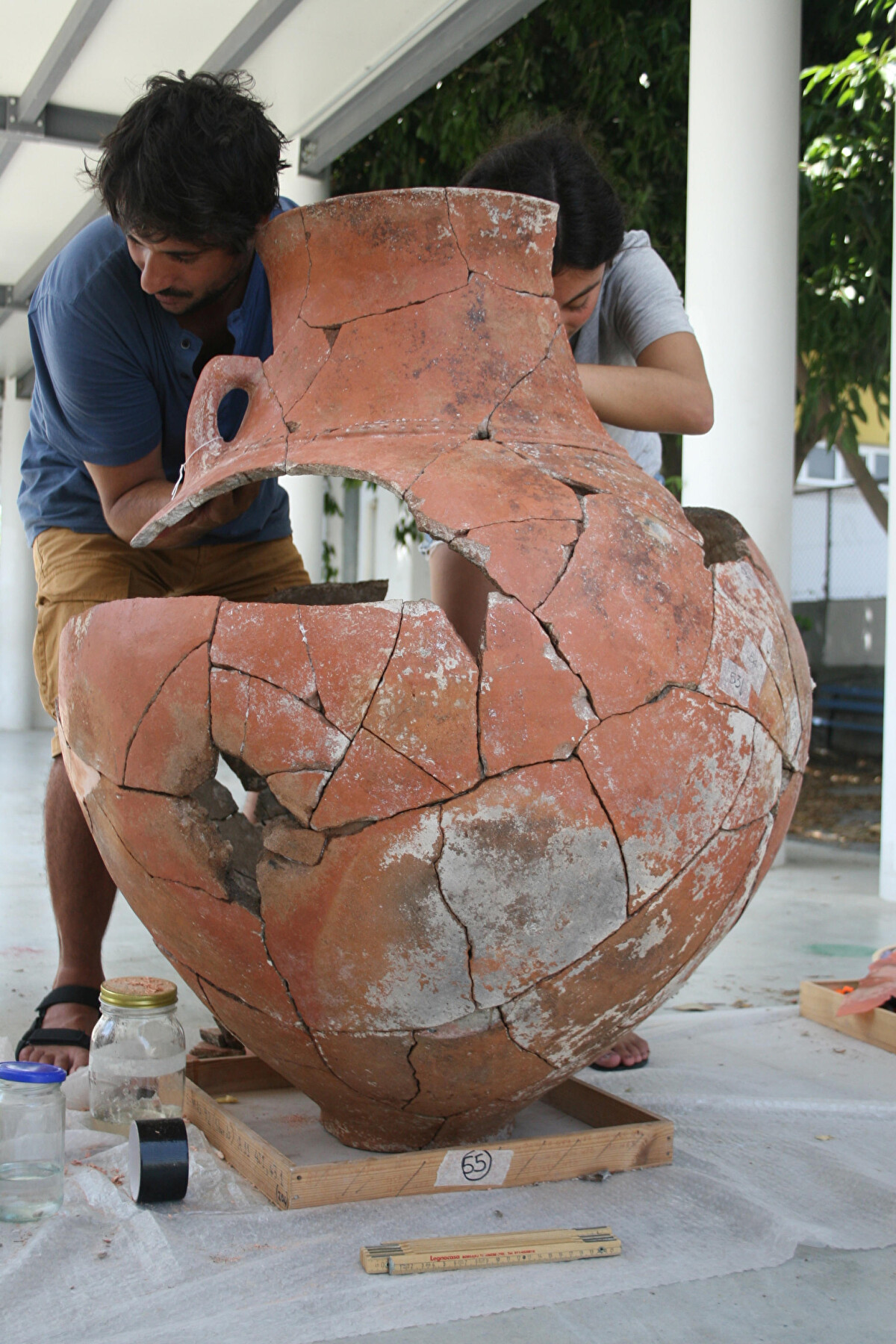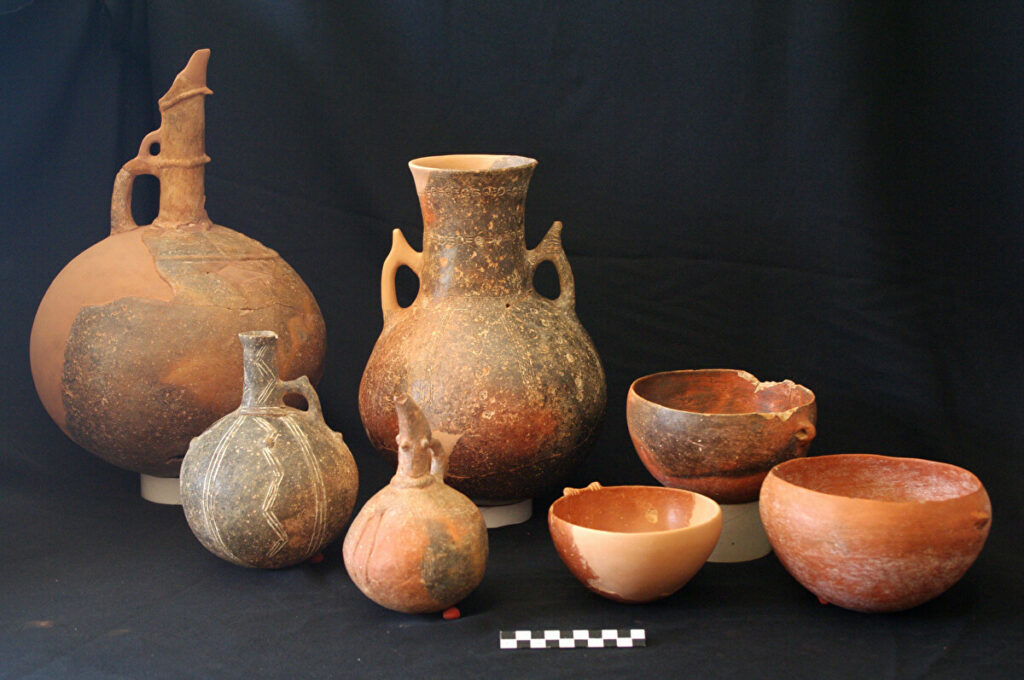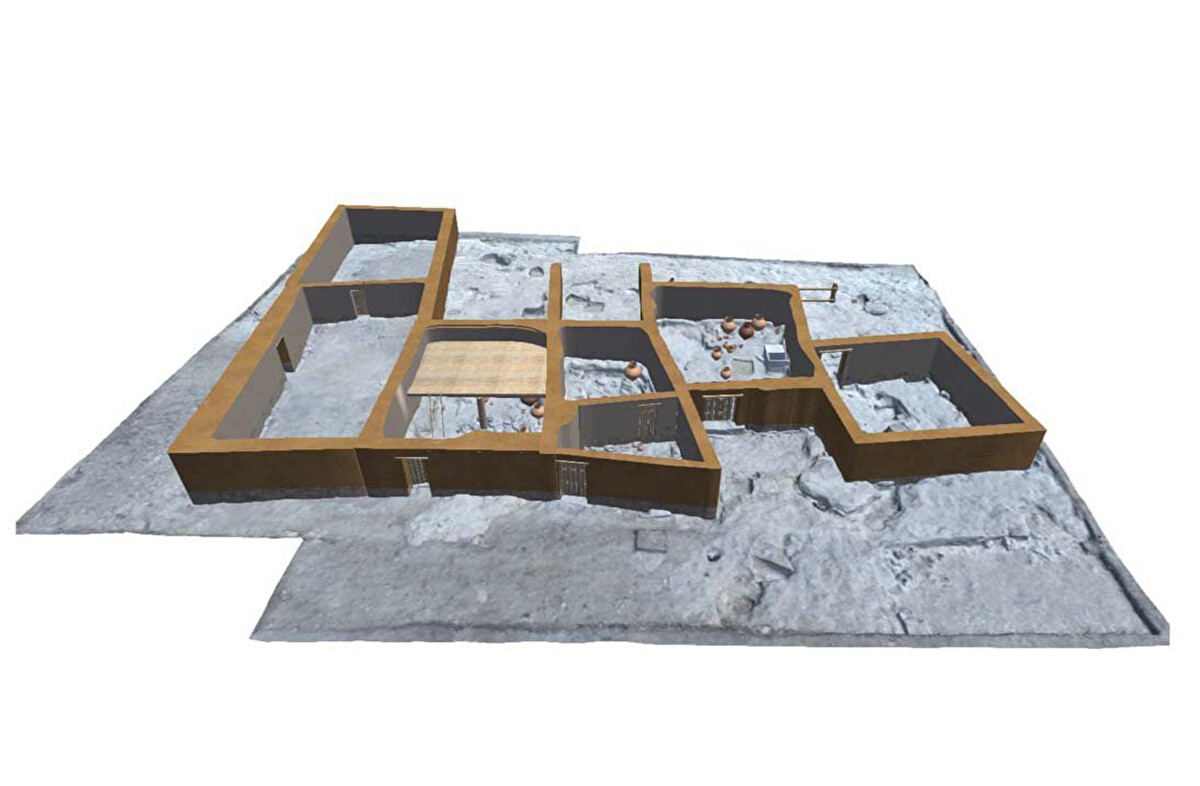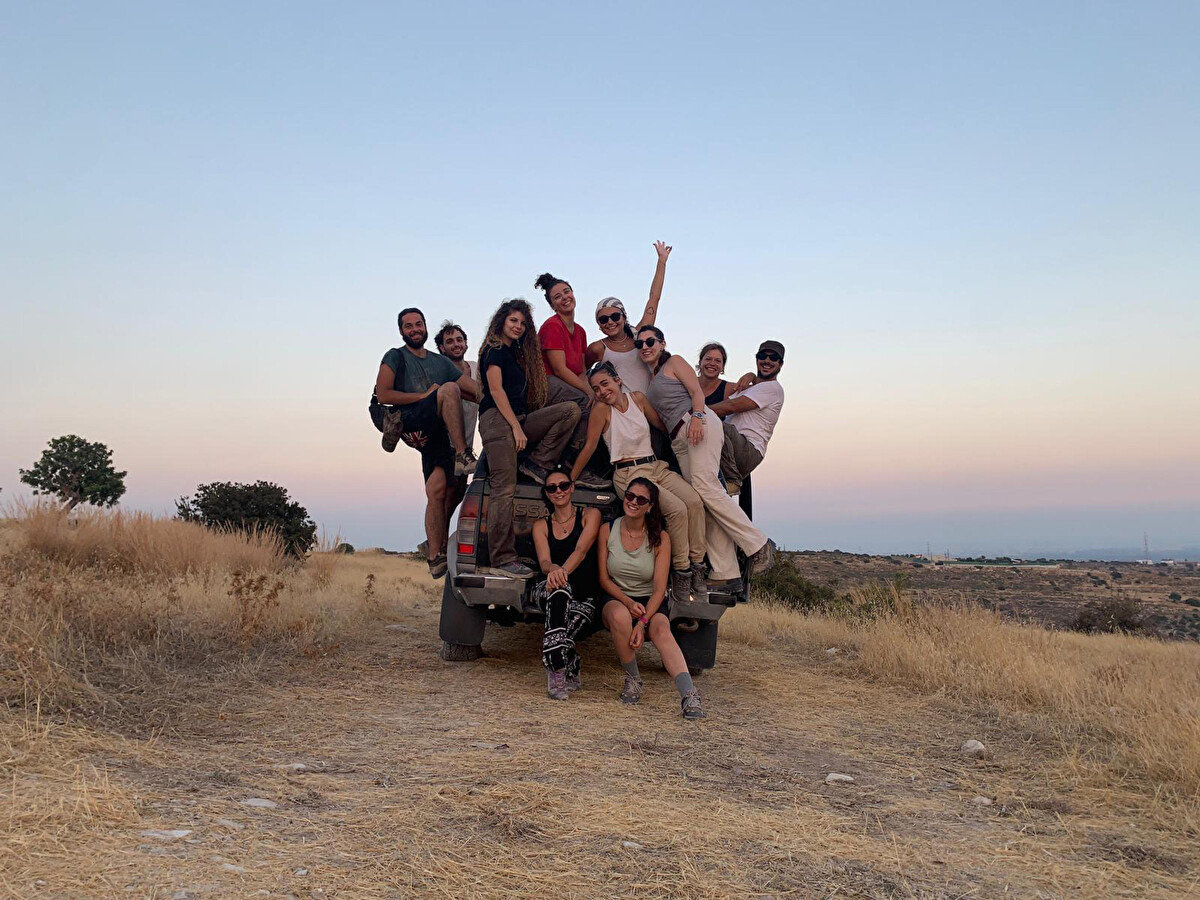Filenews 6 July 2024
A 4000-year-old temple managed to bring to light the scientific mission of the University of Siena. Italian archaeologists also talk about an ancient femicide committed at the site at that time.
The temple was built in the area where the workshop of a craftsman of the time was located. Archaeologist Luca Bombardieri told Italian news agency Ansa that it is the oldest sacred site discovered so far on the island.
For the past 15 years, Bombardieri has been in charge of the excavations, which are being carried out in collaboration with the Department of Antiquities of Cyprus and the Italian Ministry of Foreign Affairs, within the framework of international cooperation.
As the scientist explained, "this is a big room, where a big warmer illuminated, day and night, a large monolith." It is, essentially, a "temple created before the temples we usually know" built within the working environment and which shows "how complex and rich was the life of these people, who were craftsmen and lived four millennia before us, just a few centuries before the first cities on the island were born".

Ancient femicide in excavations
The Italian scientist revealed that "in this latest excavation campaign, the skeleton of a girl aged about 20 was found, who, as everything shows, was murdered and then the corpse was "built" so that the crime would not be discovered and her ghost would not return and "disturb" the living.
Her killers broke her skull with a lance or a heavy stone and then placed her on the floor, with a heavy stone on her chest as if holding her still. No valuable objects or other offerings were found in the surrounding area, which means that the usual ritual was not observed. Italian scientists say it could be an age-old femicide, which may be linked to "punishment" for the fact that the girl had become pregnant.
The door of the small house, on the other hand, was carefully sealed, as was that of a tomb. We are in the Bronze Age, between 2000 and 1600 BC.
Femicide "may be linked to other cases recorded in the past in other parts of Cyprus," the Italian archaeologist said. The victims have always been young women. Killed and isolated from their communities, kept away even from the dead, the expert believes, "perhaps for issues related to motherhood."
With its over 1000 square meters of workshops, warehouses and large paint basins, Erimi's workshop occupied the entire top of a hill on the southern coast of Cyprus, not far from the modern city of Limassol. An ideal place for the activity that enlivened it, always well ventilated and two steps away from the fresh water of a river, with soil where spontaneous plants grow that served to dye fabrics, that beautiful red colour that made them unique and valuable.

A little further down, huddled next to each other, were the houses. Even further down, at a suitable distance, the dead were buried, the richest in large chamber tombs full of funeral gifts and the poor in simple pits.
Thanks to the textiles in the colour of wine, Erimi had grown in fame and power. And perhaps, who knows, along with the new wealth, came enemies, internal and external. The fact remains that its history suddenly ends, the village is abandoned and the workshop is sealed with all the precious treasure of its artifacts, including the temple with its monolith.

A fire, probably started by fleeing villagers, caused the roof to collapse. And paradoxically, it is the very act of abandonment that delivers the adventurous story of these masterpiece weavings.
"The collapse of the structure, which sealed these remains, allowed archaeologists to rediscover them after four thousand years," Bombardieri said. "And to tell the story of an extraordinary community and a village that had almost become a city."
And it is not excluded that the next excavations will help understand the mystery of the murdered girl and the rest, at least 15, who more or less at the same time seem to have shared her fate in various parts of the island.

With information from ANA- ANSA
